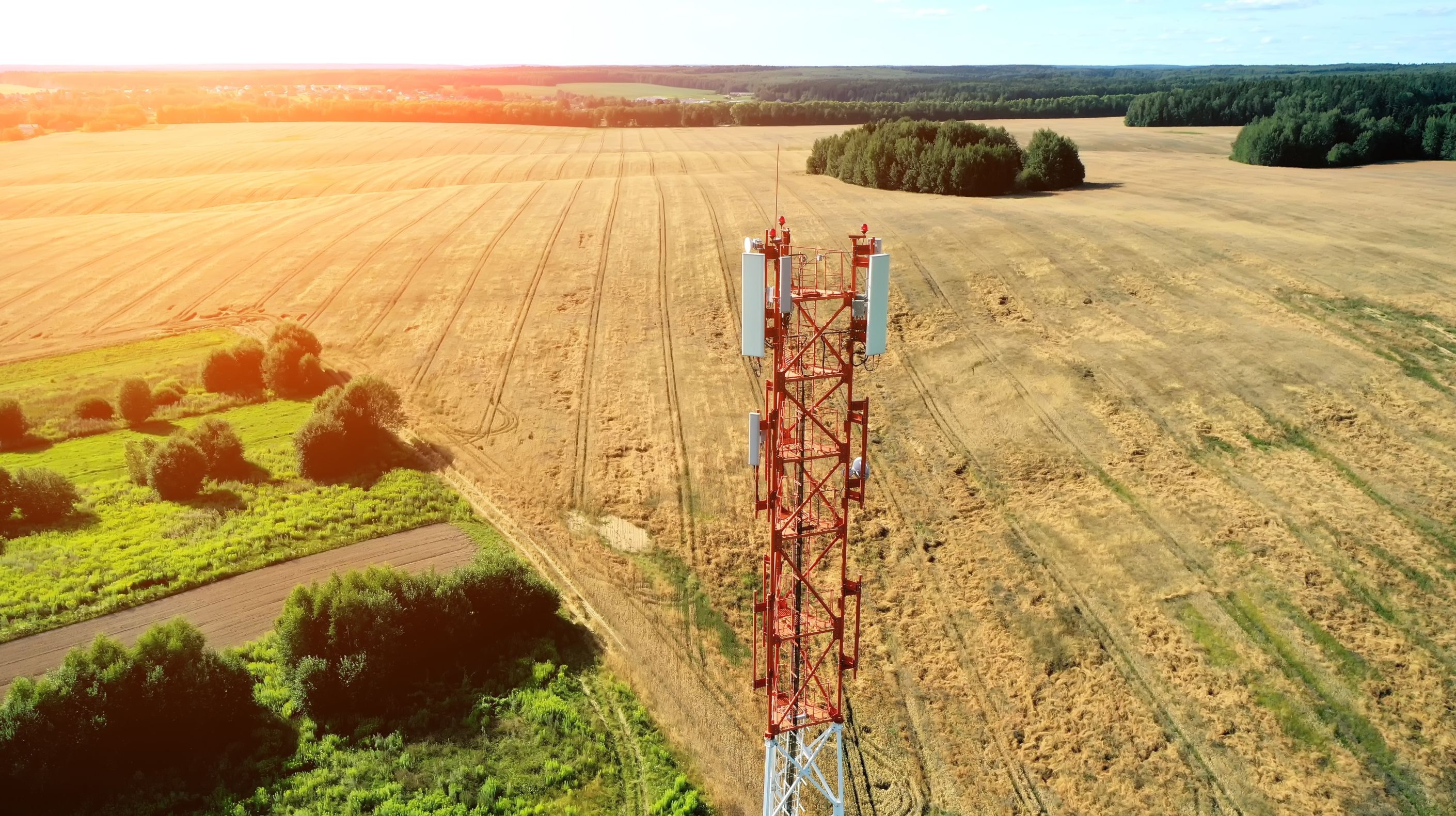More blog posts
View all blog postsFederal Funding
BEAD program is bringing broadband to underserved and unserved areas

The federal government launched the Broadband Equity, Access, and Deployment (BEAD) program to extend high-quality broadband access into previously unserved or underserved areas. The program makes funding available across the states for telecom providers to enhance their offerings, extending high-quality internet access into rural and remote areas where there was only low-quality access or no access at all. This $42.45 billion program, created as part of Congress’ Infrastructure Investment and Jobs Act, likely will not begin distributing funds until 2025, leaving time for enterprises to familiarize themselves with the requirements and prepare.
However, it’s important to understand the rules around how funding can be allocated. Enterprises and organizations looking to take advantage of state-level funding to empower the reach of their networks need to understand how the program works and what qualifications there are on funding.
Here’s a breakdown of how the BEAD program allocates funds, and the requirements enterprises and organizations need to meet to take advantage of the funding.
Funding focused on enhancing access
First and foremost, the BEAD program is focused on enhancing access to high-quality broadband. Under the terms of the program, this creates a funding hierarchy. Planning funds are separately earmarked for planning, but the general fund is available for:
- Upgrading or deploying broadband systems for unserved or underserved areas
- Upgrading or deploying broadband systems for community anchor institutions
- Mapping, planning, and data collection necessary to facilitate use of the planning funds
- Providing reduced-cost broadband, or installing Wi-Fi or Internet infrastructure in multi-family residential buildings, prioritizing those with more underserved households or impoverished households
- Programs to increase broadband adoption, such as by providing affordable, internet-capable devices
- Workforce development or training
- Other uses approved in advance
Understand term definitions to plan for allocations
The BEAD program definitions are important because they explain how telecoms will allocate their funding and in what order. Especially important are the definitions of unserved and underserved areas, as well as unserved and underserved locations within those areas.
Underserved areas are ones in which at least 80% of locations are either underserved or unserved. Specifically, underserved locations are those lacking access to data download speeds of 100 Mbps, upload speeds of 25 Mpbs, and sub-100 millisecond latency.
Unserved areas are ones in which at least 80% of locations are unserved. Unserved locations are essentially more severe underserved locations, lacking access to data download speeds of at least 25 Mbps, upload speeds of 20 Mbps, and sub-100 millisecond latency.
The definition of a community anchor institution, however, is more generous. These institutions, including schools, libraries, hospitals, public housing organizations, and community support organizations to name a few, qualify if they lack access to gigabit-level broadband service. This means that any such organization with a lower connection speed than 1,000 Mbps will qualify.
Funding can be used for a variety of applications
Also worth noting is that while there are significant restrictions and requirements on how funding can be used, there is a fair amount of latitude granted under the program. Funds can be used for both capital and operating expenditures, though they must still be allocated by program prioritization requirements.
Similarly, while the funding is focused on bringing broadband access to consumers (i.e. last-mile connectivity) that doesn’t mean funds cannot be used on intervening infrastructure. This so-called middle-mile infrastructure and the accompanying devices can benefit from BEAD funding as well.
As such, enterprises and organizations may be able to benefit from funding even if they are not in an unserved or underserved area, as long as the allocation is part of an effort to access an unserved or underserved location.
Cybersecurity planning a must
A crucial requirement of the program is enhancing cybersecurity. Enterprises looking to qualify for funding need to ensure they have cybersecurity procedures in place that align with the National Institute of Standards and Technology (NIST) Framework for Improving Critical Infrastructure Cybersecurity.
Enterprises must develop and implement cybersecurity programs compliant with multiple NIST standards. These programs must include:
- A cybersecurity risk management plan that aligns with the requirements detailed in Executive Order 14028, including a region-specific threat landscape analysis, adoption of risk assessment methodologies, a mitigation plan that addresses both current and emerging threats, as well as both response and recovery strategies
- A cybersecurity risk management plan for the software supply chain, including vendor assessments, vetting, and management, as well as response plans for threats from vendors
Organizations looking for more details on the exact requirements can find them in the Notice of Funding Opportunity.
Inseego solutions are fully BEAD-compliant
Enterprises looking to enhance their network infrastructure by taking advantage of BEAD funding will, of course, have to select devices and software compliant with the program. Our suite of 5G devices, including indoor and outdoor cellular routers, modems, and gateways, are all fully compliant with the requirements of the BEAD program.
Contact us to find out more about how our solutions can help your enterprise or learn more about what your enterprise needs to take advantage of the BEAD program. Our experts can help your enterprise take advantage of the funding opportunities BEAD provides.
Do you require funding for a connectivity project?
Here are some resources if you're interested in learning more about funds or government compliance:
What type of organization are you trying to get funding for?
What type of environment do you need connectivity for?
How familiar are you with existing funding programs or grants for connectivity enhancement?
Do you want insights from Inseego's experts on funding opportunities that apply to your project?
Here are some resources if you're interested in learning more about funds or government compliance:
What are your details?
How can we contact you?

















